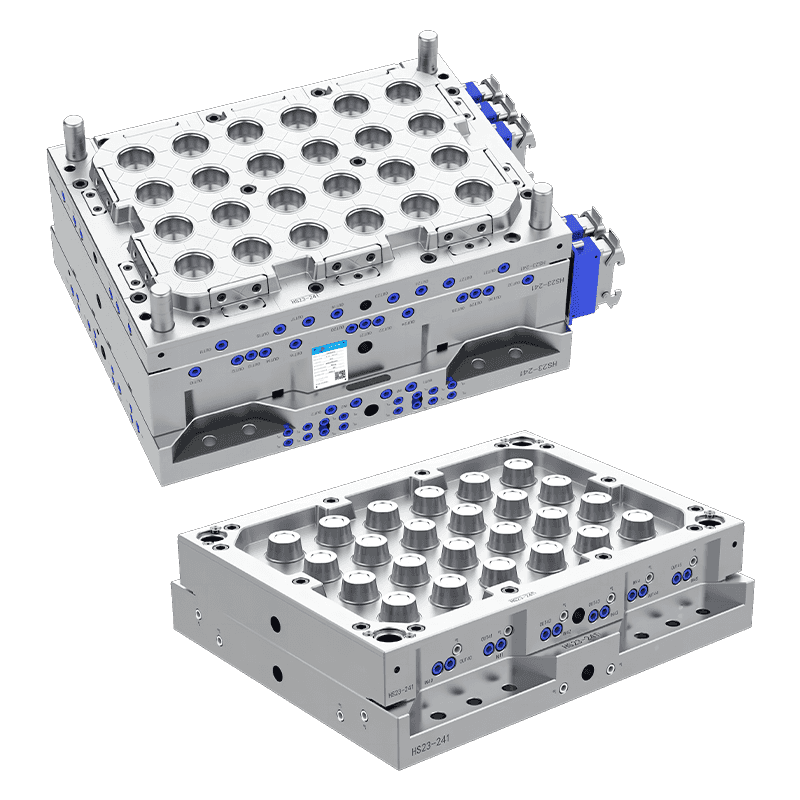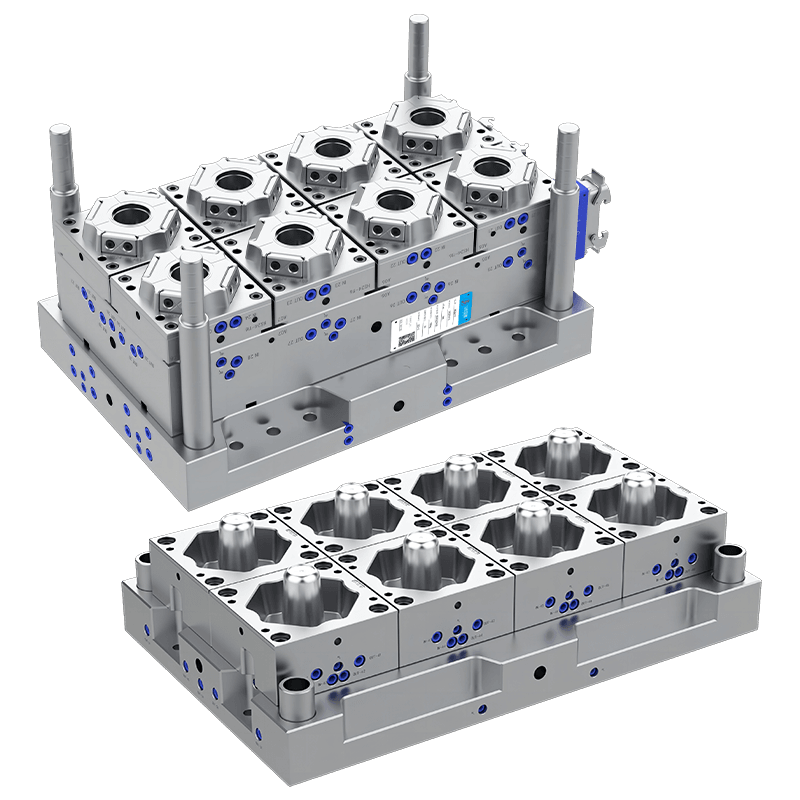Principles of Plastic Thin Wall Injection Moulding Design: A Deep Dive into Precision Manufacturing
The field of plastic manufacturing has seen a significant evolution with the advent of Plastic Thin Wall Injection Moulding. This advanced technique has revolutionized the way we approach the production of plastic components, particularly those with thin walls. The ability to create intricate designs with minimal material usage enhances the aesthetic appeal and optimises the final product's functionality.
Plastic Thin Wall Injection Moulding is a specialized process that involves the injection of molten plastic material into a mould cavity with thin walls. This method is particularly useful for producing parts that require high precision and intricate detailing. The process is characterized by several key features:
1. High-Quality Surface Finish: The moulding process ensures a smooth and polished surface finish, which is essential for products that require a premium look and feel.
2. Material Efficiency: By using thinner walls, the process reduces material waste, brings about cost savings and a more sustainable manufacturing approach.
3. Rapid Cooling and Short Cycle Times: The thin walls allow for faster cooling, which in turn shortens the production cycle and increases overall efficiency.
Key Components of Plastic Thin Wall Injection Moulding Design
1. Mould Design: The design of the mould is critical in Plastic Thin Wall Injection Moulding. It must be engineered to withstand high pressures and temperatures while ensuring the precise transfer of the plastic material into the desired shape.
2. Material Selection: The choice of plastic material is equally important. Materials with good flow properties are preferred to ensure even distribution and minimal defects in the final product.
3. Injection Parameters: The parameters, such as injection speed, pressure, and temperature, must be carefully controlled to achieve the desired wall thickness and part quality.
Challenges and Solutions in Plastic Thin Wall Injection Moulding
1. Warpage and Distortion: Thin walls are more susceptible to warpage and distortion due to uneven cooling. Advanced mould design and precise control of the cooling process can mitigate these issues.
2. Short Shot and Sink Marks: These defects occur when the plastic material does not fill the mould completely or shrinks unevenly after cooling. Optimizing the injection parameters and using high-quality materials can help address these challenges.
3. Mould Wear: The high pressures and temperatures involved in the process can bring about increased wear on the mould. Regular maintenance and the use of durable materials for mould construction are essential to prolong the mould's lifespan.
Applications of Plastic Thin Wall Injection Moulding
Plastic Thin Wall Injection Moulding is widely used across various industries due to its versatility and precision. Some of the key applications include:
1. Consumer Electronics: Components such as casings, housings, and connectors benefit from the lightweight and robust nature of thin wall moulding.
2. Medical Devices: The precision and cleanliness of the process make it ideal for producing medical instruments and components.
3. Automotive Industry: Lightweight parts for vehicles, such as interior trim and under-the-hood components, can be efficiently produced using this method.
Future Trends in Plastic Thin Wall Injection Moulding
As technology advances, so does the capability of Plastic Thin Wall Injection Moulding. Future trends include:
1. Automation and Robotics: The integration of automation and robotics in the process will further enhance efficiency and precision.
2. Sustainability: The focus on using eco-friendly materials and reducing waste will continue to grow, making Plastic Thin Wall Injection Moulding an even more sustainable choice.
3. Advanced Materials: The development of new materials with improved properties will open up new possibilities for design and functionality.
Contact Us
Email: [email protected]; Or fill out the contact form below.

 English
English 中文简体
中文简体 русский
русский Español
Español Français
Français




